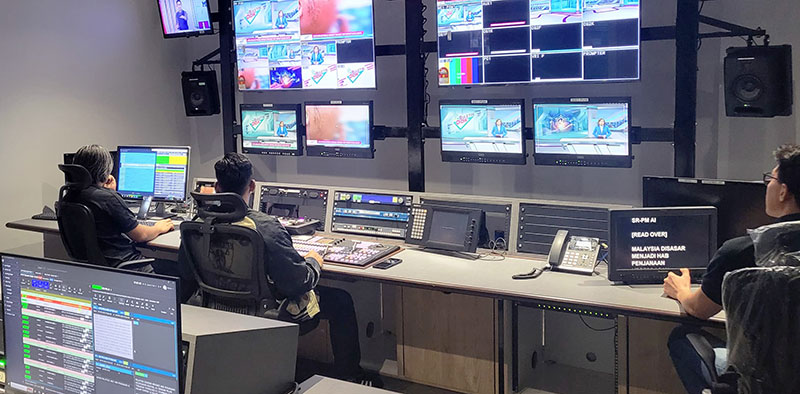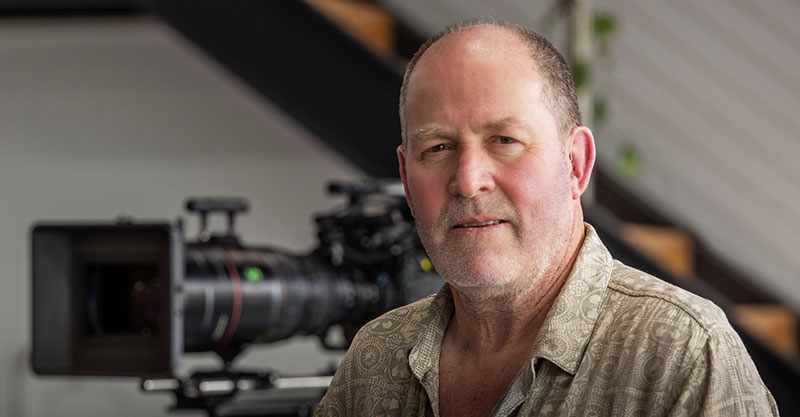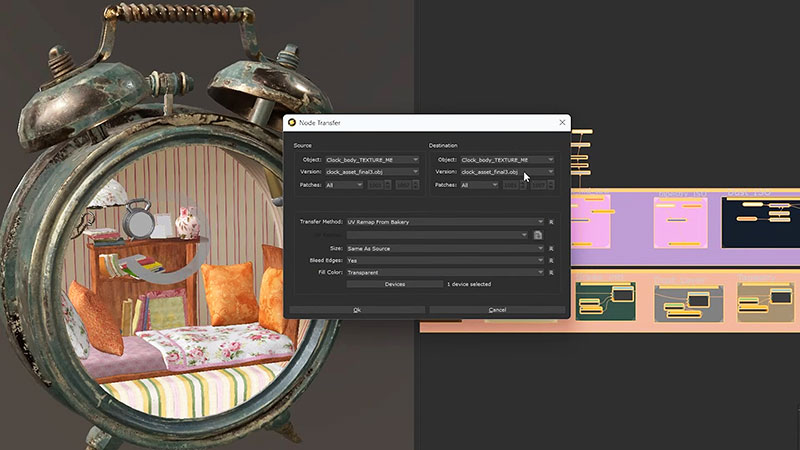Corbel 3D’s high volume of image data relies on efficient file transfers between Vancouver and Beijing teams and global clients, using Signiant’s secure Media Shuttle transfers-as-a-service.
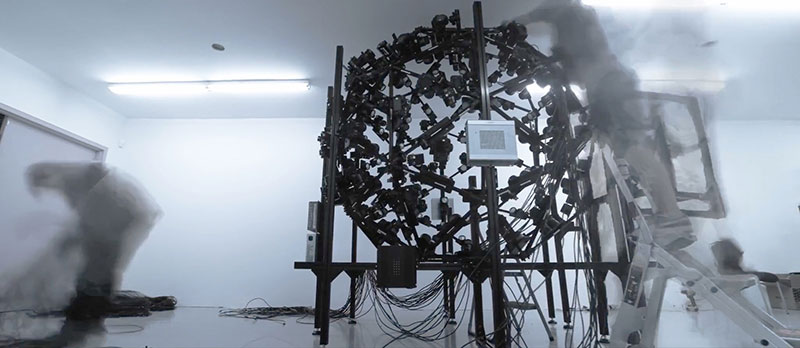
Founded in 2014, Corbel 3D and Pixel Light Effects are experts in 3D and 4D scanning hardware and services, specializing in the digital capture of people, objects and environments. Located in Vancouver and Beijing, Corbel 3D is recognised for its expertise in photogrammetry. It uses multi-camera arrays, developed and manufactured in-house, to capture high-quality, high-volume 3D and 4D data sets.
This type of photogrammetric output is used in applications ranging from feature films and video games to emerging markets like AI, metaverse and potential medical applications. Corbel’s Pixel Light Effects brand attracts media and entertainment clients like Marvel for Deadpool 2, Weta FX for War for the Planet of the Apes and Netflix in Chilling Adventures of Sabrina.
Photogrammetric Capture
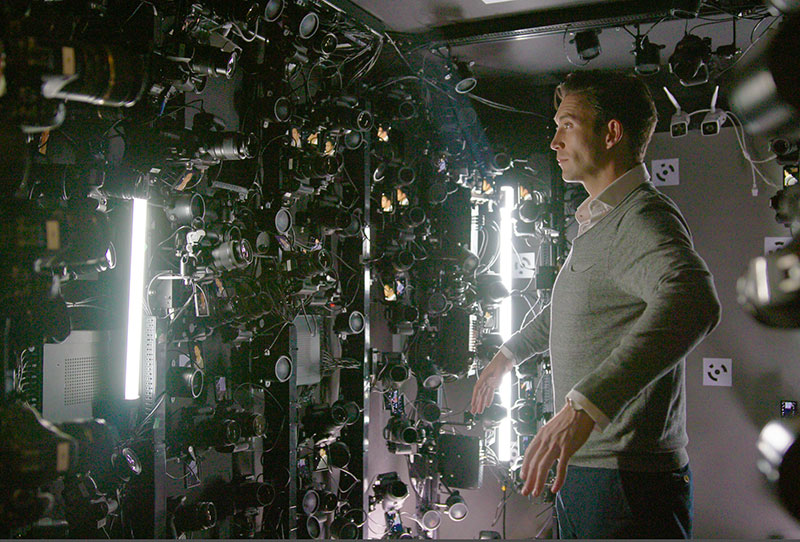
Photogrammetry involves capturing an object from multiple angles using one or multiple cameras. Specialized software then reconstructs the images into a detailed 3D model with texture by triangulating the camera positions, relative to each other, and generating a point cloud. Although static objects can be scanned with a single camera and turntable, the value of using multi-camera arrays is that they capture hundreds of images simultaneously – especially critical for moving subjects – from many different angles, enabling the creation of intricate 3D or 4D models.
The result of so many cameras capturing images over even a short period of time is thousands or millions of small image files. The specialized scanning hardware and software they develop could generate as much as 36GB of data per second for 4D scans, which are a particular challenge. For a typical 2 to 10-minute capture, this could mean between four and 21GB of data for a single shot.
Dispersed Team, Global Clients
Working with this volume presented significant challenges for Corbel 3D and Pixel Light, especially because the data had to be transferred across large distances. “The Beijing office handles all the capture, and the post-processing team is in Vancouver. The files aren’t large – each JPEG file is only one megabyte – but the cameras making up the arrays output huge numbers of them,” said Jingyi Zhang, Corbel’s CEO.
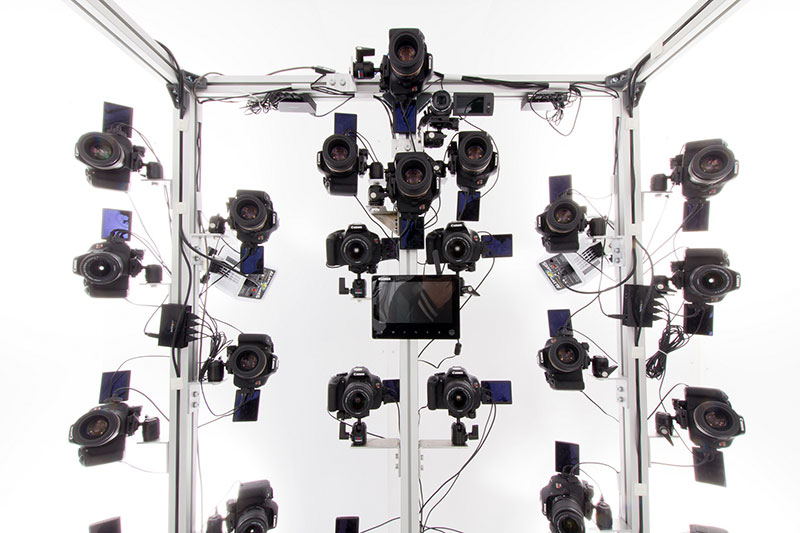
Furthermore, because Corbel operates globally, the company must regularly transfer large amounts of data to and from AAA game developers, film and TV studios, social networking platforms and other clients located around the world.
Initially, Corbel relied on the transfer services their clients were using, including Box, Dropbox, WeTransfer, Google Drive, or even physically mailing hard drives to get the files where they needed to go. However, most of these processes proved to be inefficient due to the need to zip the large volumes of files before transfer and then unzip them at the other end, which could take up to 10 hours each time, delaying access to the data considerably, and slowing down the post-processing work.
Simpler, Faster Transfers
When Corbel’s 4D scanning operations expanded in 2021, the inefficiency became more pronounced with the larger 4D file transfers and higher data demands. Realising that their existing transfer methods could no longer keep up with the increasing scale of their work, Corbel began to look for faster, more reliable file transfer delivery options.
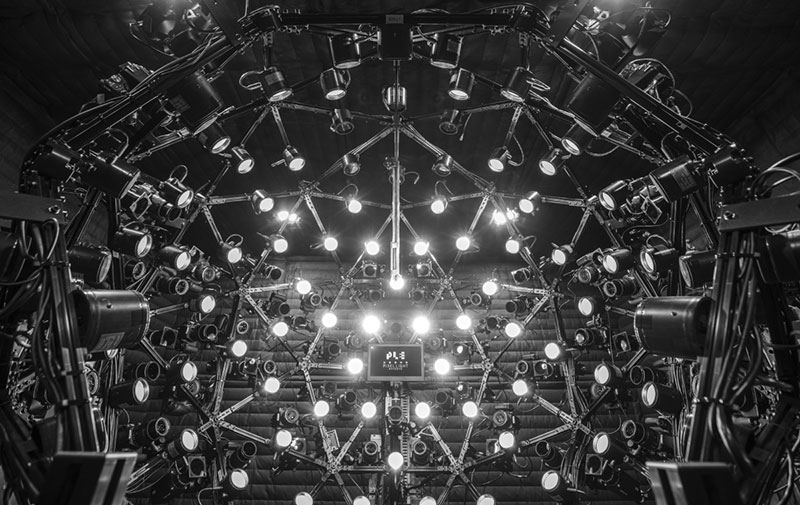
During a testing phase, they found that Signiant Media Shuttle, part of the Signiant Platform, could improve their file transfer process particularly by eliminating the need to zip and unzip files. This change simplifies their 3D and 4D transfer operations, and saves almost a whole day for each transfer. The company eventually adopted Signiant in that same year. “Having point-to-point transfers directly into our server means we don’t have to zip the files. We just stack the folder and then transfer it,” Zhang said.
Media Shuttle, which users access as a service, is designed to transfer both large files and data sets containing millions of small files. Unlike legacy tools like FTP, which slow down by pausing to send each file individually, the Media Shuttle software uses techniques such as pipelining – moving data from one place to a destination while optimising and transforming the data simultaneously – to minimize delays. Without having to acknowledge individual files, transitions between files are faster, reducing overall transfer time and achieving smooth, fast transfers.
Security at Speed
Beyond the transfer challenges, Zhang chose Signiant for its strong security reputation in the industry. The company has received a TPN Gold assessment and is SOC 2 compliant, and uses standards-based security systems like Transport Layer Security (TLS) to secure data and information as it is transmitted.

Media Shuttle’s service applies security functions such as authentication to positively identify users, authorization ensuring that users and automated processes have approval to access assets and non-repudiation, preventing users from denying actions. Confidentiality features protect data from unwanted disclosure, data processing integrity addresses risks of corruption, and availability measures assure continuous access.
The main advantage of Media Shuttle is simple but critical – the Corbel team gains time through greater efficiency, which reduces project delays and improves its ability to meet client deadlines. Zhang also said that using an industry-recognized file transfer service gives Corbel 3D and Pixel Light Effects more credibility with clients, and strengthens their own position in the industry. www.signiant.com




